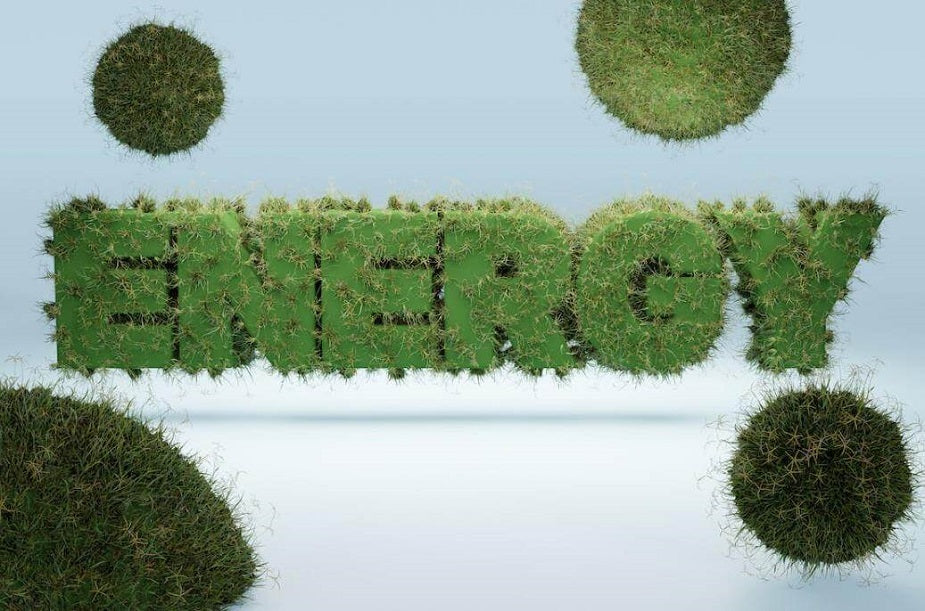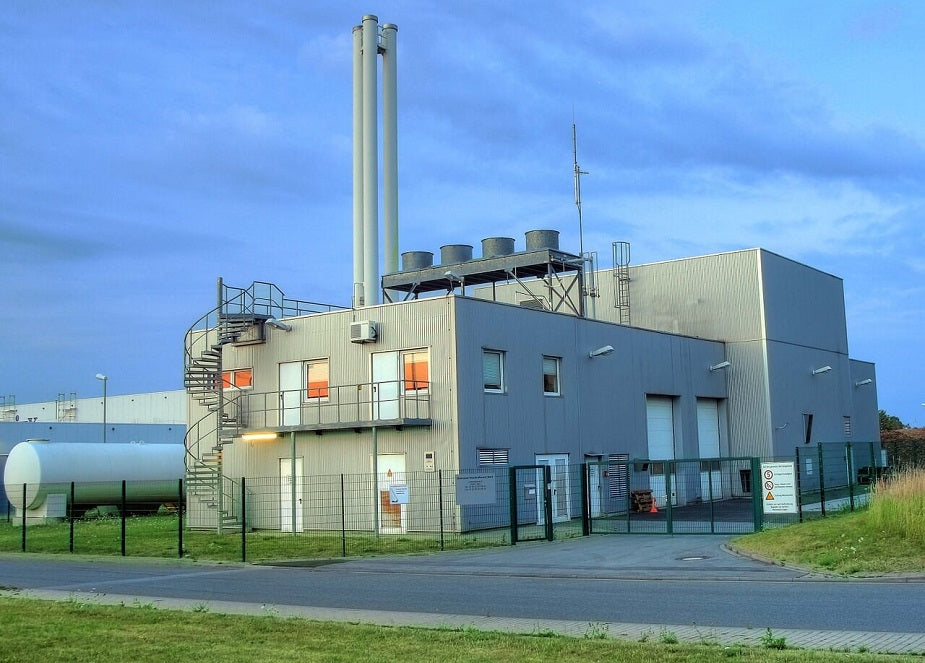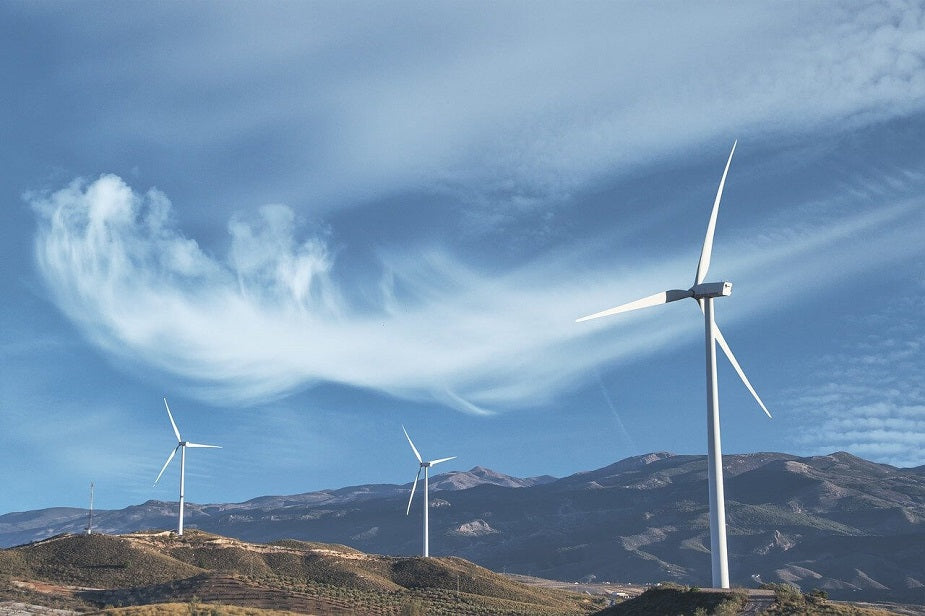Your cart is empty
Shop our products
According to the EIA, renewable energy sources account for about 12.2% of U.S. energy consumption and about 20.1% of electricity generation.
Interestingly, some countries far surpass the U.S. when it comes to electricity production generated by renewable sources.
For example, in Canada, renewable energy sources account for 67% of electricity production (namely via means of hydroelectric power).
With that being said, what other forms of renewable energy are there? We know Canada relies on hydro, but what about the U.S. and other countries?
This article aims to highlight 5 examples of renewable energy sources.
Let's get started.
What are some examples of renewable energy?
Below we have listed 5 examples of renewable energy:
- Biomass
- Geothermal
- Hydro Power
- Wind energy
- Solar energy
Biomass

This type of renewable energy is energy produced by means of living or once-living organisms.
The most common material used to generate biomass energy is plants. Such as corn or soy for example.
This type of energy is created by burning the material. In doing this, heat is created, this heat can either be used as is, or converted into electricity itself.
Geothermal

A great example of a country using geothermal energy, is Iceland. In fact, Iceland gets nearly 100% of their energy supply via renewables. namely hydropower and geothermal.
Put simply, geothermal energy is heat stored within the earth. According to Wikipedia: "Geothermal energy originates from the formation of the planet and from radioactive decay of materials in currently uncertain but possibly roughly equal proportions."
Hydropower

Over the last 20 years, hydropowers total capacity has risen over 70%, supplying 17% of global electricity generation.
Hydropower can also be referred to as water power. Essentially it is falling or fast-running water which can be harnessed to produce electricity.
This is done by converting the fast-moving waters kinetic energy into a source of power. Thus, according to USGS: "A hydraulic turbine converts the energy of flowing water into mechanical energy. A hydroelectric generator converts this mechanical energy into electricity."
Wind energy

There's no doubt you've seen a wind turbine at least once in your lifetime? You know, those tall towers that have what looks like windmill blades on the top.
Wind energy is the most popular/efficient form of renewable energy.
Solar energy

Solar energy, perhaps the most popular form of renewable energy when it comes to consumers like you and I.
It is one of the forms of clean energy that is easy for us to implement and use ourselves (not just on a utility sized scale such as hydro).
Solar energy can be used in many different ways, such as photovoltaic solar energy (this produces electricity), solar thermal energy (commonly used to heat water), passive solar energy (this takes advantage of sunlight).
Where are the places with the most potential for renewable resources?
The answer to this questions completely depends on where the place is located. Different climatic conditions often favour varying renewable energy sources.
For example, in Cape Town South Africa, the city receives high levels of solar irradiation and consistent amount of trade winds. making this location perfect for either solar energy or wind energy production.
However, the city receives very low levels of precipitation, this means creating hydro electric dams is more or less out of the question.
Or take Iceland for example, this country has been blessed with copious amounts of water, alongside over 200 volcanoes. Making hydropower and geothermal energy easily accessible.
Below we will list 5 countries best suited for renewable energy:
- Iceland - Geothermal
- Norway - Hydropower
- Brazil - Biofuels
- New Zealand - Wind & Solar
- South Africa - Wind & Solar
How can we make our lives and businesses more efficient in terms of using renewable resources?
The easiest way for civilians to implement renewable energy into their lives is through solar energy.
This is the most commercially available form of renewable energy. You can utilise technology such as solar panels which can transform sunlight into electricity.
A typical home using a solar PV system could save well over 1.3 tonnes of carbon per year (depending on where you live of course).
Besides the numerous environmental benefits, solar energy can save you tons of money. A typical home in California can save well over $30,000 over a 20 year period.
If you are interested in viewing some of the solar related products we manufacturer, check a few of our solar generators out here.
Final thoughts
Today, the world consumes more than 8,561,852,178 tons (short tons, st) of coal per year.
There is no doubt that renewable energy sources are the way of the future. Without them, we will lose our fight against climate change.
With that being said, the U.S. Energy Information Administration (EIA) projects that the share of renewables in the U.S. electricity generation mix will increase from 21% in 2020 to 42% in 2050.
Let's ensure we go over an above that amount.
Shop products from this article
You May Also Like

What Does a 30% Federal Solar Tax Credit Mean and How to Apply?
Governments around the world are offering programs that encourage homeowners to switch to solar energy. Among the most notable programs is the 30% Federal Solar Tax Credit. It reduces your...

Deadly Flooding Devastates U.S. South and Midwest — What You Need to Know



















































































































































































































































